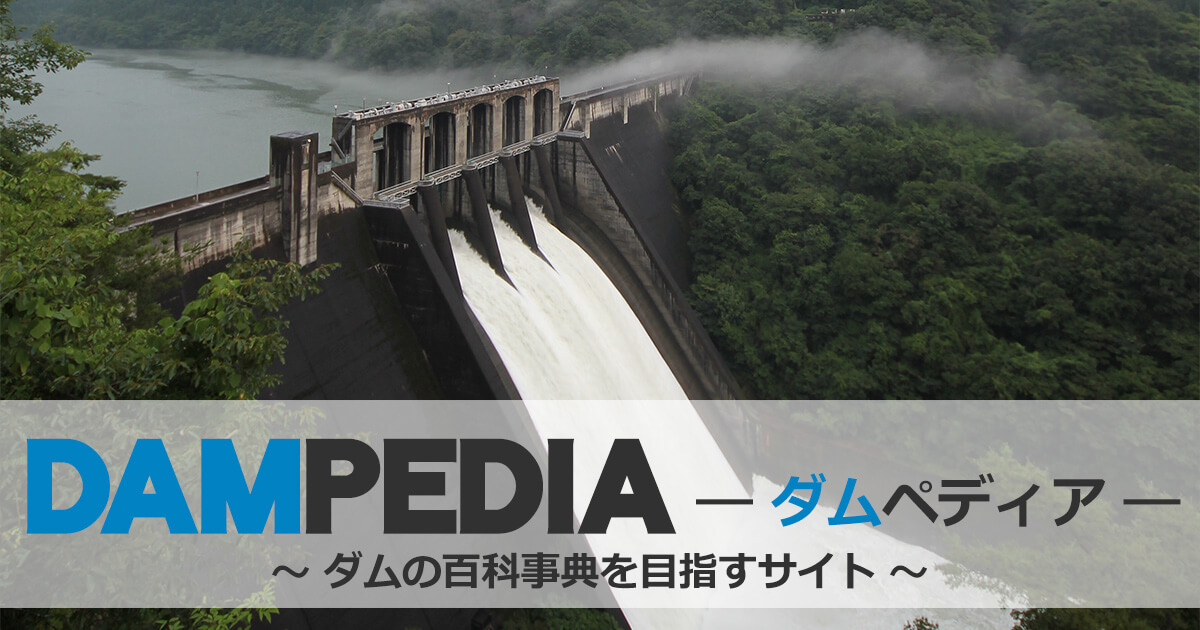Reading: Keikaku Saisa Yoyouriou/Keikaku Taisya Yoyouriou
Also known as -
The planned sediment capacity is the capacity of sediment assumed to flow into the dam lake over a 100-year period.
In Japan, where there are many mountains, sediments sometimes flow into dam lakes in excess of planned amounts due to the influence of the Median Tectonic Line and tectonic movements such as earthquakes. The sediment problem is particularly serious in the Tenryu River system.
The Asahi Shimbun newspaper once reported that "44 dams have more than 501 TP3T of sand." In fact, this "501 TP3T of sand" has been misunderstood by the public. In reality, 50% of the total storage capacity of a dam lake is not covered by sand, but the 50% is the sedimentation rate calculated by dividing the amount of sand deposited by the sedimentation capacity. To begin with, the sediment capacity is calculated from the remaining capacity after subtracting the effective storage capacity from the total storage capacity, so the sediment rate is calculated by dividing the amount of sediment by the effective storage capacity, which exceeds the effective storage capacity.Composting capacity(i.e., a sedimentation rate of 100% or more) is not a problem for the dam's function unless it is observed.




Comment